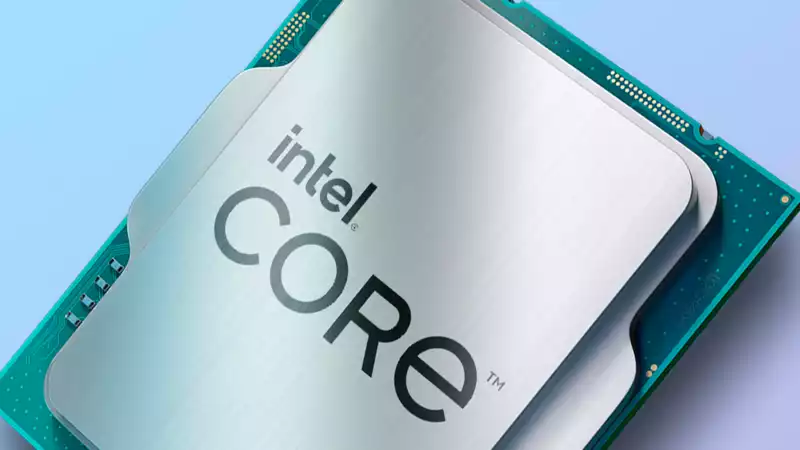Intel has announced the rest of its Raptor Lake Refresh lineup. In addition to the K-series processors announced last year, the 14th generation adds Core i5 14500, 14400, and Core i3 14100, and new low-power versions of most chips.
The 13th and 14th generations use (almost) the same architecture: Raptor Lake. However, slightly higher clocks can be expected with 14th generation parts.
The affordable Core i5 14400F has a 100 MHz increase in Max Turbo clock on the P core and a 200 MHz increase in Max Turbo clock on the E core compared to the 13400F. The Core i5 14500 has a 200 MHz increase on both types of cores, and the 14100 has a 200 MHz increase on the E core, 14100 has a 200 MHz improvement, although it does not have an E core. [In my experience reviewing the 14600K and 14900K, there is not much to be gained from a slight increase in clock speed. Of course, there is a benefit, but only if it doesn't come at a cost.
Of the chips I've reviewed recently, the one I actually like is the Core i7 14700K, which has four more E-cores, which is a pure improvement over the previous one.
Unfortunately, the inexpensive 14th generation processors that have just been announced do not have such a step up in core count. In fact, these inexpensive Raptor Lake Refresh chips are effectively still using Alder Lake dies. One advantage of the Raptor Lake architecture over Alder Lake, which was adopted in the 12th generation, is the increased L2 cache per core; the 14500, 14400, and 14100 cores and cache combined are equivalent to an Alder Lake die.
We are not explicitly saying it is an Alder Lake die, as it may be a truncated Raptor Lake die, but it is still equivalent to an Alder Lake die.
Other chips announced today include non-K SKUs in the 14th generation lineup, such as the Core i9 14900, which are lower power versions often seen in pre-builds. There is also an even lower-power T-series; there is also an F-series without an iGPU.
Intel also announced the 14th generation HX series of mobile chips. There is a difference of several hundred megahertz from the 13th generation chips.
However, the 14900HX appears to occupy the same space as the Core i9 13980HX; the Core i9 13900HX was considerably slower, and the Core i9 13900HX is a bit slower than the Core i9 13980HX. I believe that Intel has gone all out with the top of the line 14th generation HX chips because any lower chips are effectively just rebadges of the 13th generation chips.
These new 14th generation HX series processors can use Intel's Application Optimizer software to help boost performance and utilization of supported games. According to Intel, the list of supported titles is growing and now includes F1 22, Strange Brigade, World War Z, Dirt 5, and World of Warcraft, but the scope is quite limited at this time. While it is still far from a must-install feature, it would not hurt to turn it on.
Along with these two announcements, we also went hands-on with the very interesting Meteor Lake Core Ultra processors. We expect to see these HX chips in some gaming laptops, although we admit that they remain the choice for many of the best gaming laptops.


Comments